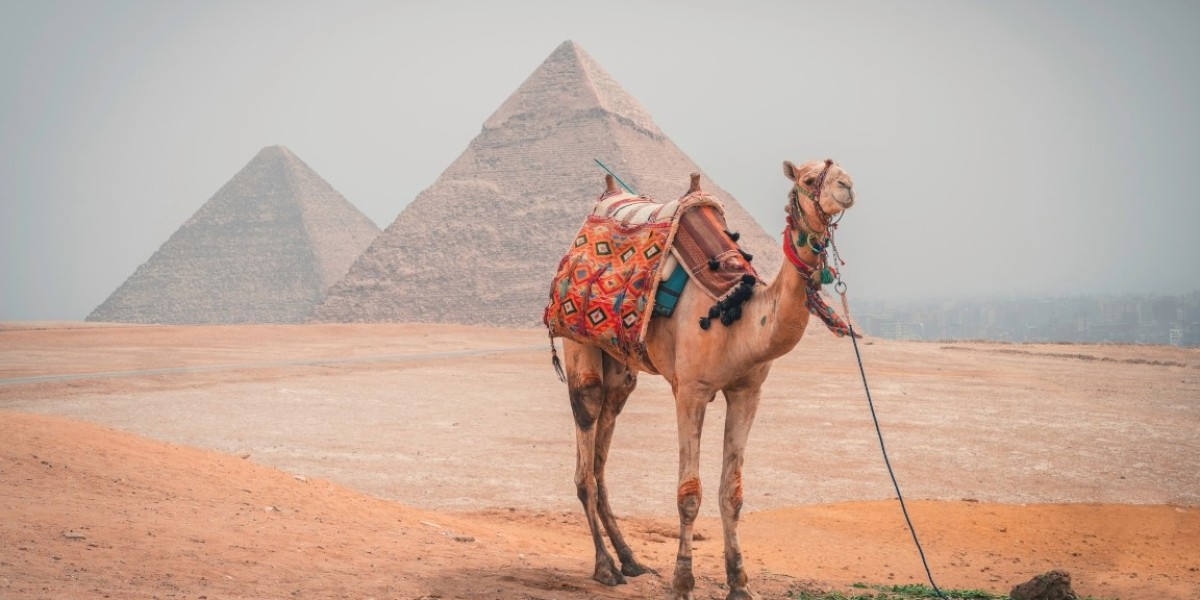1. The Historical Significance of the Valley of the Kings:
The Valley of the Kings served as the burial ground for pharaohs and nobles during the New Kingdom period (1550–1070 BCE). Located on the west bank of the Nile, opposite Thebes (modern-day Luxor), this site was strategically chosen for its association with the setting sun, symbolizing the journey to the afterlife. The valley boasts over 60 tombs, each a testament to the meticulous planning and artistic brilliance of ancient Egyptian craftsmen.
2. Unveiling the Architectural Marvels:
The tombs in the Valley of the Kings are renowned for their intricate architecture and elaborate decorations. Carved deep into the limestone cliffs, these tombs showcase a mastery of design that aimed to ensure the safe passage of the deceased into the afterlife. The passageways, chambers, and burial chambers are adorned with detailed carvings, paintings, and hieroglyphics that depict religious texts, scenes from the deceased's life, and offerings to the gods.
3. Tombs of the Pharaohs: A Glimpse into Royalty:
Among the most famous tombs in the Valley are those of the pharaohs, each a unique exploration into the beliefs and rituals of ancient Egyptian royalty. The tomb of Tutankhamun, discovered by Howard Carter in 1922, remains one of the most iconic finds, unveiling a treasure trove of artifacts and insights into the life and death of the young pharaoh. Other notable tombs include those of Ramses II, Seti I, and Amenhotep III, each reflecting the individuality and power of the pharaohs they entomb.
4. The Significance of Tomb Decorations:
The walls of the tombs are adorned with elaborate scenes and religious texts that served a dual purpose. Beyond their aesthetic appeal, these decorations were believed to play a crucial role in the deceased's journey to the afterlife. Scenes depicting the pharaoh's life, offerings to gods, and ritualistic practices were intended to ensure the deceased's successful navigation through the challenges of the afterlife, including the judgment in the Hall of Ma'at.
5. The Amarna Period and Unconventional Tombs:
The Valley of the Kings also preserves tombs from the Amarna Period (1353–1336 BCE), a unique chapter in ancient Egyptian history initiated by Pharaoh Akhenaten. The Amarna tombs, such as that of Akhenaten himself, differ from traditional designs, showcasing a departure from conventional artistic norms. The Amarna tombs provide a fascinating glimpse into the religious and artistic changes that unfolded during this enigmatic period.
6. The Discovery and Exploration of the Valley:
The Valley of the Kings has been a focal point for archaeologists, historians, and adventurers for centuries. The first documented exploration dates back to the time of Alexander the Great, and since then, numerous excavations and discoveries have unveiled the secrets of this sacred necropolis. Howard Carter's discovery of Tutankhamun's tomb in the 20th century remains one of the most iconic moments in the history of Egyptology.
7. Conservation Efforts and Preservation Challenges:
While the Valley of the Kings has provided unparalleled insights into ancient Egyptian civilization, the site faces ongoing challenges related to conservation. The influx of tourists, exposure to natural elements, and the impact of previous excavations have led to concerns about the long-term preservation of the tombs and their intricate decorations. Conservation efforts aim to balance the need for public access with the imperative to safeguard these invaluable archaeological treasures.
8. Visitor Experience and Tourism in the Valley of the Kings:
Today, the Valley of the Kings is a UNESCO World Heritage Site and a focal point for tourists eager to explore the mysteries of ancient Egypt. Visitors have the opportunity to enter several tombs, although not all are open to the public at any given time to aid in preservation efforts. Guided tours, informative signage, and visitor centers contribute to a comprehensive and educational experience for those seeking to delve into the history and significance of this remarkable necropolis.
9. The Valley of the Kings in Popular Culture:
The mystique and historical significance of the Valley of the Kings have made it a subject of fascination in popular culture. From novels and documentaries to films and video games, the allure of this ancient necropolis continues to captivate the imagination of people worldwide. The Valley's appearance in various forms of media further solidifies its place as an iconic symbol of ancient Egypt.
10. The Eternal Legacy of the Valley of the Kings:
As we journey through the Valley of the Kings, we are not merely exploring an archaeological site; we are traversing the threshold between the earthly realm and the afterlife, as envisioned by the ancient Egyptians. The Valley's tombs, with their timeless artistry and religious significance, serve as a bridge connecting us to the beliefs, rituals, and aspirations of a civilization that thrived along the banks of the Nile for millennia. In the shadow of the towering cliffs and within the hallowed chambers, the legacy of the Valley of the Kings endures—an eternal testament to the human quest for immortality and the enduring allure of ancient Egypt.








